Interior del ASUS VivoBook 17 X712 – desmontaje y opciones de actualización
El hardware en el interior de esta máquina es un poco mixto. Tiene una batería pequeña y opciones de actualización relativamente buenas. Sin embargo, ASUS ha optado por no mejorarlo aún más. Comprueba por qué.
Consulta todos los precios y configuraciones del ASUS VivoBook 17 X712 en nuestro sistema de especificaciones o lee más en nuestro análisis a fondo.
1. Retire la placa inferior
Para acceder al interior de este dispositivo, es necesario aflojar 10 tornillos de cabeza Phillips. Después de eso, simplemente haga palanca en la placa inferior con una herramienta de plástico y retírela del cuerpo.
2. Batería
Este portátil, bastante grande, se alimenta de una pequeña batería de 32Wh. Antes de retirarla, ten en cuenta los cables de la antena Wi-Fi, que están enrollados alrededor de ella.
3. Мemoria y almacenamiento
En cuanto a la memoria, obtienes una ranura SODIMM de RAM con 4 u 8 GB que se sueldan a la placa base. Además de eso, hay una ranura M.2 NVMe, así como una bahía de unidad SATA de 2,5 pulgadas. Por desgracia, no recibimos ningún hardware de montaje dentro de la caja.
4. Sistema de refrigeración
En cuanto a la refrigeración, vemos un tubo de calor bastante estándar, que va a un disipador de calor de tamaño medio. Por último, un ventilador expulsa el calor del chasis.
Consulta todos los precios y configuraciones del ASUS VivoBook 17 X712 en nuestro sistema de especificaciones o lee más en nuestro análisis a fondo.
ASUS Vivobook 17 F712 (X712 / K712 / M712 / S712) revisión en profundidad
Today, we have a device that is easy on the budget and aims to be a great home multimedia machine. It is the VivoBook 17 X712 from ASUS, and uses a year (or two)-old design, and can be found with a ton of different processors from a portfolio of architectures. However, we will be focusing on the Tiger Lake models, as our particular device comes equipped with the Core i3-1115G4.Ultimately, you can pair your VivoBook 17 X712 with a more powerful CPU, but then you miss the whole point of this type of laptop. What is good about it is that it offers a lot of screen real estate, which really re[...]
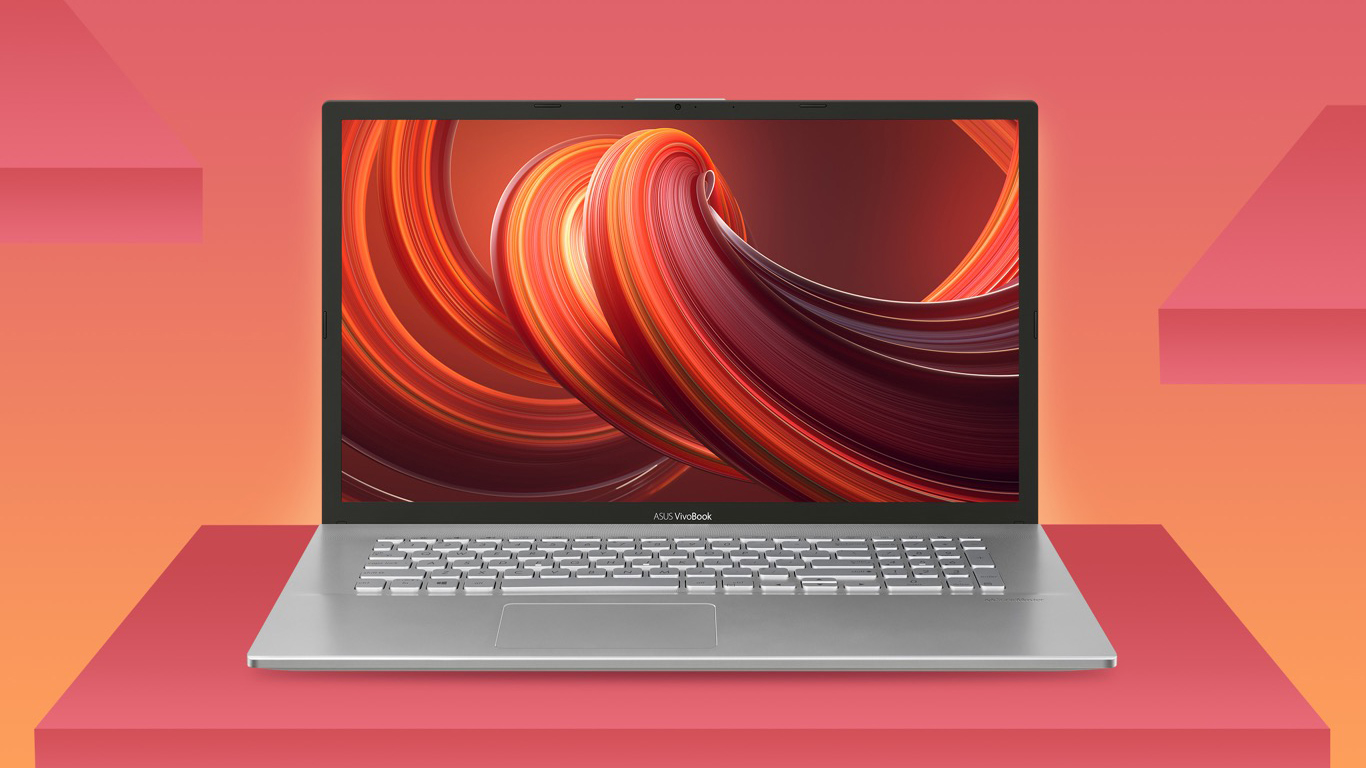
Pros
- Adequate pricing
- 1x RAM SODIMM + 1x M.2 NVMe + 2.5-inch SATA drive bay
- MicroSD card reader
- No PWM (BOE NT173WDM-N24 (BOE091A))
Contras
- Battery life is only average (still respectable given the tiny 32Wh unit)
- 2/3 USB Type-A ports are slow
- Narrow viewing angles and poor contrast ratio (BOE NT173WDM-N24 (BOE091A))
- Not a great build quality
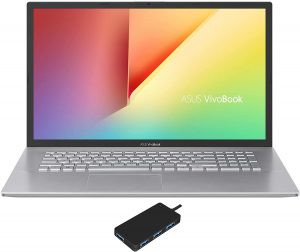

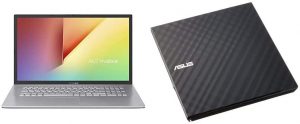
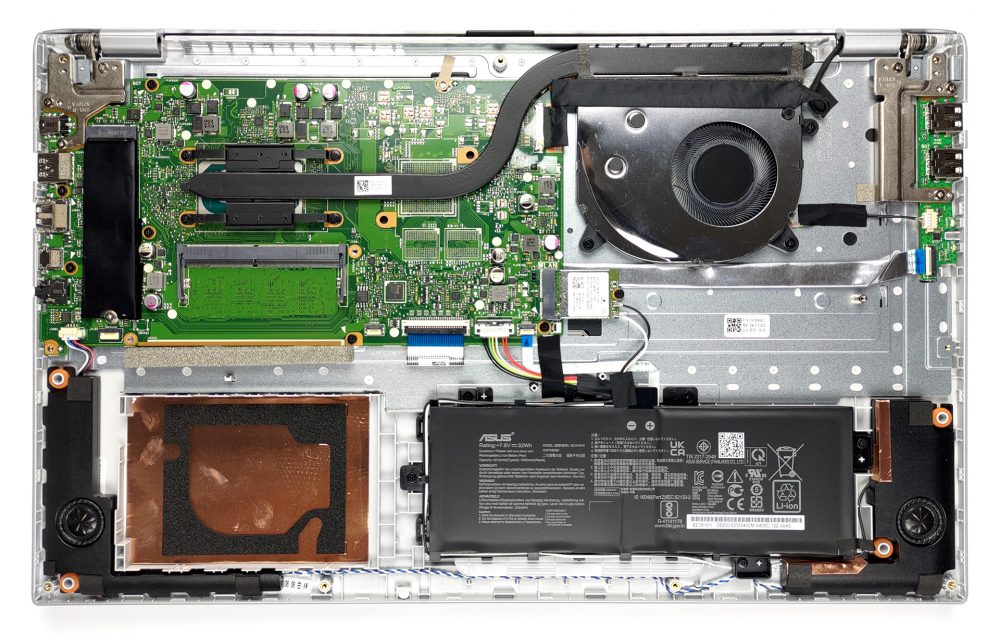
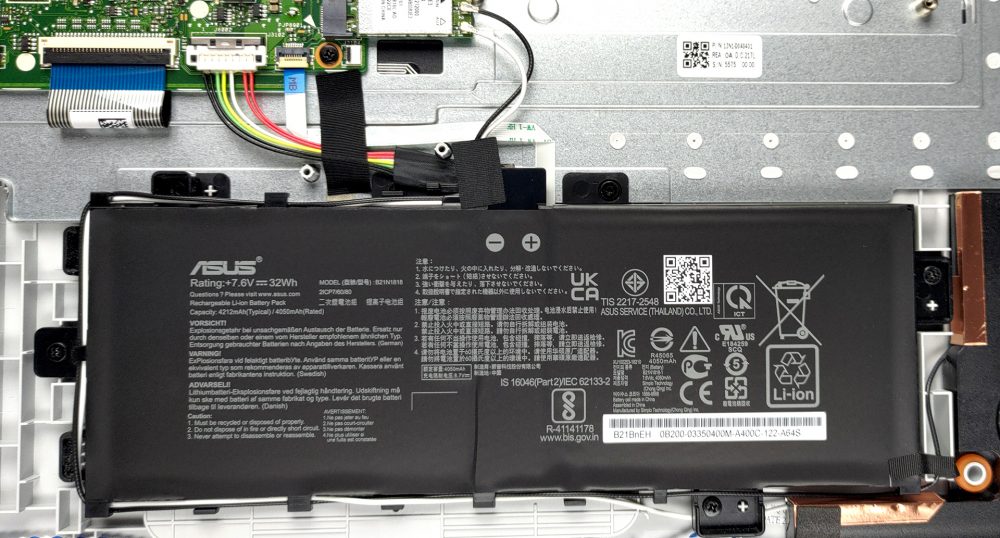










Hello. I just double checked my laptop and it is a Vivobook 17 X712, but, it only has a 1tb hdd, no ssd. So im confused about this article. I want to eventually upgrade that hdd as i am almost out of space. So, please explain. I apologize if this comment is stupid, or if i seem ignorant. I just do not want to make any mistakes. So, my question is, if i follow this guide, will i be able to upgrade? Also, can you please suggest to me where i can get a decent hdd that is larger than… Read more »
I upgraded an Asus Vivobook X712J (i-5 10th gen?) about 9 months ago that came stock with a painfully slow 1 TB HDD. I tossed the HDD and installed a 2TB NVME as the only drive, figuring to add a cheap 4TB SSD if necessary later on in the 2.5″ cavity. The only funny thing was doing a hard reset per factory instructions and feeding the Windows 11 operating system via USB boot. ‘Tis a good time to upgrade the BIOS with the latest and greatest. I cannot recall if I had to manually set the boot order in BIOS… Read more »